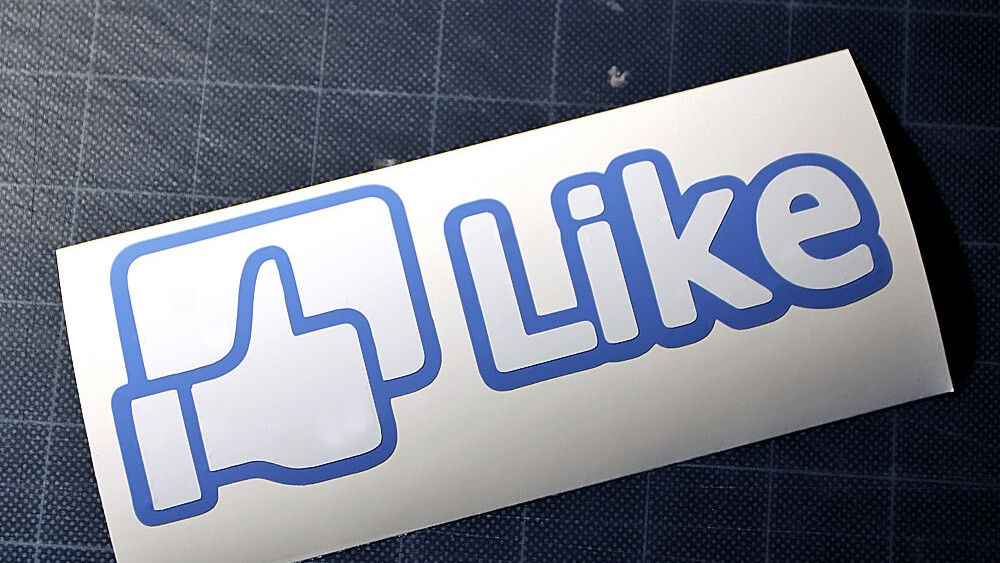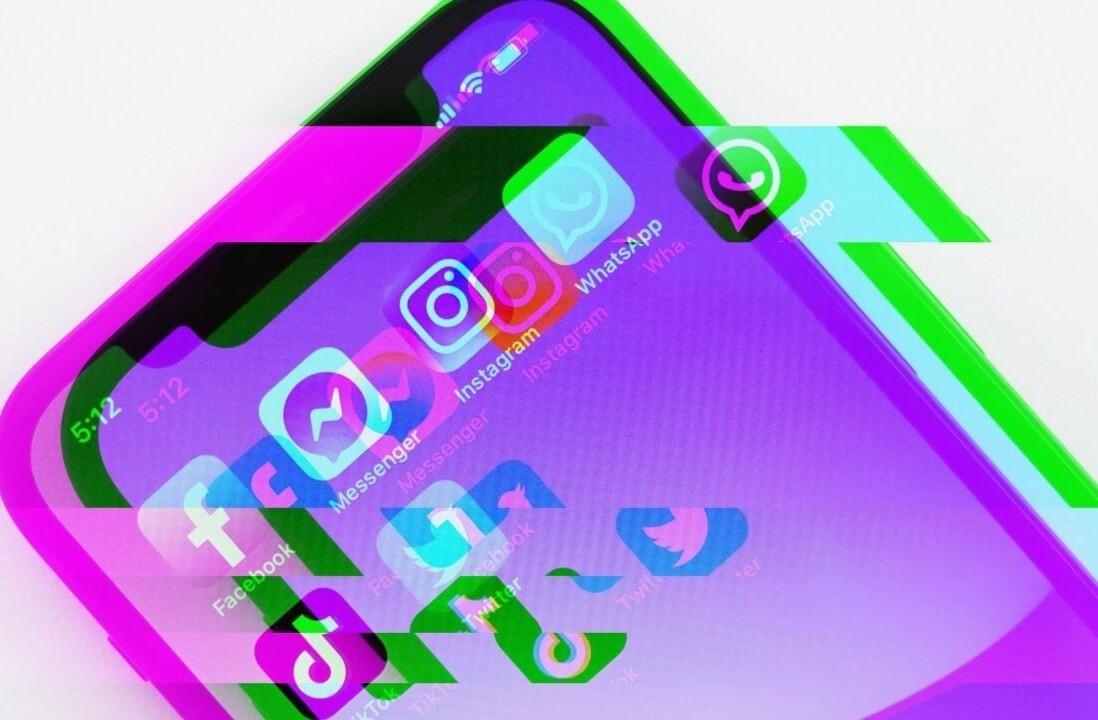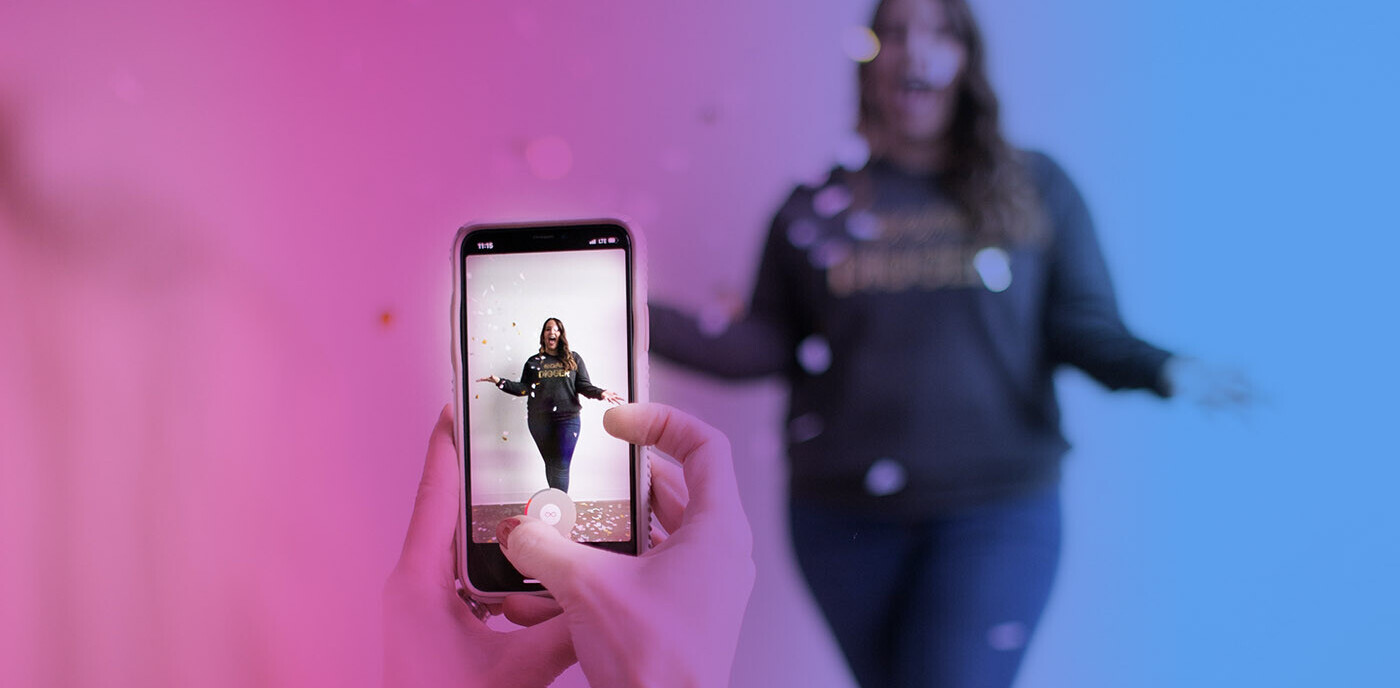
Since its introduction, the Like button has provided as many difficulties as it has opportunities for brands. It seems to be largely responsible for the near-meaningless race to numbers we’re now experiencing, as it places a value or an indicator of success against every piece of content it’s installed against. Whether this is your site, a blog post, a piece of clothing, a classified listing – the Like button has become dangerous for brands, as many seem to view it almost as their complete social media strategy.
We’ve seen a proliferation of Like buttons in marketing both offline and online, including the most annoying Facebook Like advert we’ve ever seen, but often the call to action is completely lost or there seems to be no strategy behind its placement. The temptation to make the Like button centre stage because of its ease of use, and the option to tick the social media box when it’s done can be dangerous for brands who risk missing out on the real potential.
Use it strategically
I was reading an interesting post by Brian Massey on how brands are so willing to give all of their potential traffic over to Facebook when it is then incredibly difficult to get this traffic to return to your own site. I’ve seen many examples where referral traffic from social media channels performs poorly on a site, as people generally want to stay within the channel they started in. Yet we’re so tempted to plaster our site with the Like button to encourage social interaction and encourage word of mouth around the content or products we’re producing. In the article, Massey uses the case study of Zappos – often hailed as a leader in social media marketing – and the distinct lack of any social media buttons on its site. A look at its homepage shows that the focus is completely on the products themselves (hardly unusual if you go back 5 years):

This isn’t to say that Zappos doesn’t ‘get’ social media; it simply gets when to use it and when not. This hasn’t affected its social media activity, as they boast a very active Facebook Page with great elements such as a featured fan of the week and have over 128,000 fans. But it isn’t afraid of using the Like button call to action where it fits, as the screenshot from this tab on its Facebook Page shows.

Further to this, as soon as you click on Like, the immediate call to action on the tab revealed is to join the company’s mailing list:

While many brands are resistant to encouraging data capture on their Page for fear of putting fans off, Zappos goes the other way completely and makes it the main call to action on the tab though it’s not a necessity to reach additional content. Zappos are using social media and the Like button in a way that strategically drives transactions on the site without using every available point to push people to its Facebook Page, especially when it has started out on its website. What Zappos does practice is integrating social technologies on its site such as offering live 24/7 support. This could just happen on its Facebook wall, but it has found a way to encourage this interaction on the domain that it owns. This is fairly unique, as many brands push people to Facebook wherever possible. The question of course, comes down to how you are using your Facebook Page. Is it okay to continually push people there, if you’ve actually found a way to drive sales in a new, socialised way?
Backlash against the Like
I recently spotted an ad online (found through Michael Litman, and his picture below) featuring KFC’s latest poster campaign for a new product with the tagline ‘Zero Likes but Good News! Only 99p’. This is a completely tongue in cheek approach by KFC, but is a distinct reference to the brands who focus on the Likes above everything else.

This is a difficult decision for brands to face. When the Like button is so easy to install and adds an instant social feature onto your content, it can be tempting to think it’s doing the work for you. The danger of course, is that it’s not doing anything for you, if the content, products or services can’t stand on their own. It’s easy to think that by adding a Like button you are instantly social and relevant to your audience. The Like button is a mechanic not a strategy in itself. It works when there is a complete social media strategy for the brand that the Like button can facilitate, but not be the key driver of. The Like button is a facility for individual users who want to share and document the content that they Like with their friends. There are still many brands who misunderstand this, for example thinking that if they install a Like button next to items on their site, it will drive numbers to their Facebook Page, as opposed to the Page itself.
Using the Like button
 You can’t argue with the fact that people like the Like button as 50 million links are Liked each day. The challenge for brands is in deciding how and when this should be used. This might seem insignifacnt, with the temptation remaining to stick it up everywhere on your site just because you can. But when every placement of this button is potentially a click away from your site (if you’re using it to drive people through to your Page), or a piece of content shared between friends (if you’re placing the Like button besides individual pieces of content), there needs to be more of a strategy behind it. If you want people to share your content for example, how is the article written to consider the fact that all some people might see is the title and a short extract? Have you thought about the image you’re using, or have you thought about how you could convert this potential new traffic that one user could be sending your way? And if you’re driving people to your Facebook Page from your site, have you considered how you can retain them as a consumer once they click through? Are they going to see an offer on your Page that will drive them back for example, or land on a tab that will capture their data?
You can’t argue with the fact that people like the Like button as 50 million links are Liked each day. The challenge for brands is in deciding how and when this should be used. This might seem insignifacnt, with the temptation remaining to stick it up everywhere on your site just because you can. But when every placement of this button is potentially a click away from your site (if you’re using it to drive people through to your Page), or a piece of content shared between friends (if you’re placing the Like button besides individual pieces of content), there needs to be more of a strategy behind it. If you want people to share your content for example, how is the article written to consider the fact that all some people might see is the title and a short extract? Have you thought about the image you’re using, or have you thought about how you could convert this potential new traffic that one user could be sending your way? And if you’re driving people to your Facebook Page from your site, have you considered how you can retain them as a consumer once they click through? Are they going to see an offer on your Page that will drive them back for example, or land on a tab that will capture their data?
This is certainly the ‘business’ end of social media, and thinking like this displays an understand of how social media can really drive revenue. This should be at the heart of every social media strategy, or every decision to place a new Like, follow +1 or find us button on your site. Remember this is one step, not the sum of your social media strategy.
Get the TNW newsletter
Get the most important tech news in your inbox each week.





